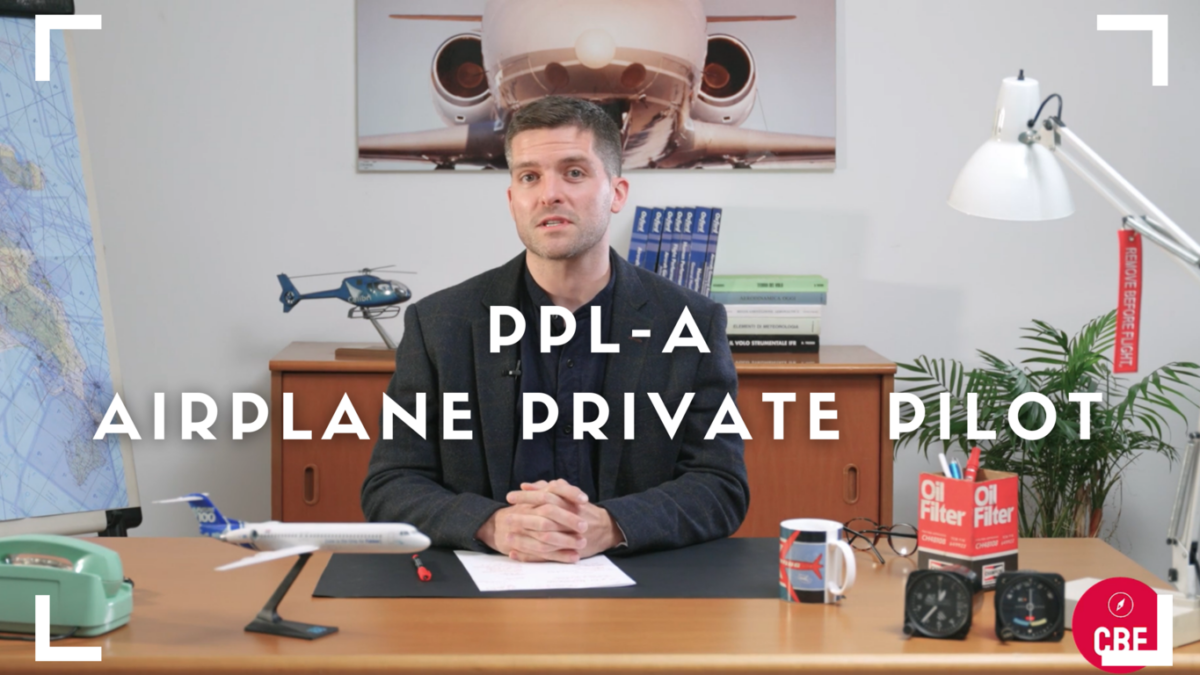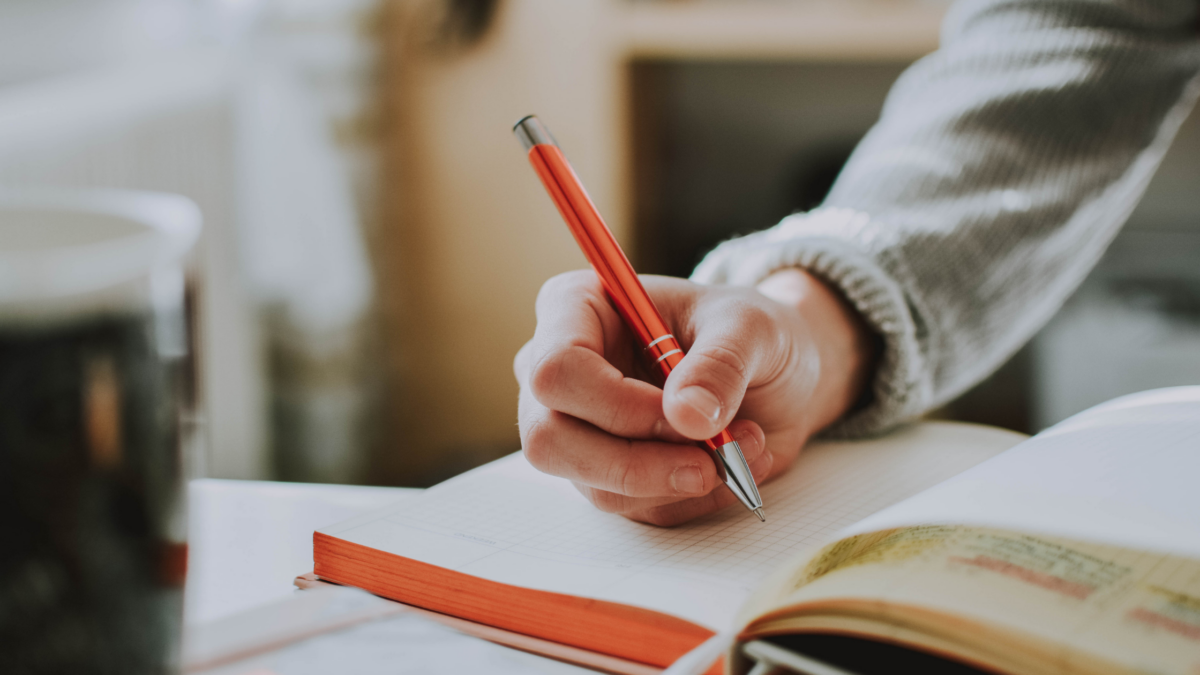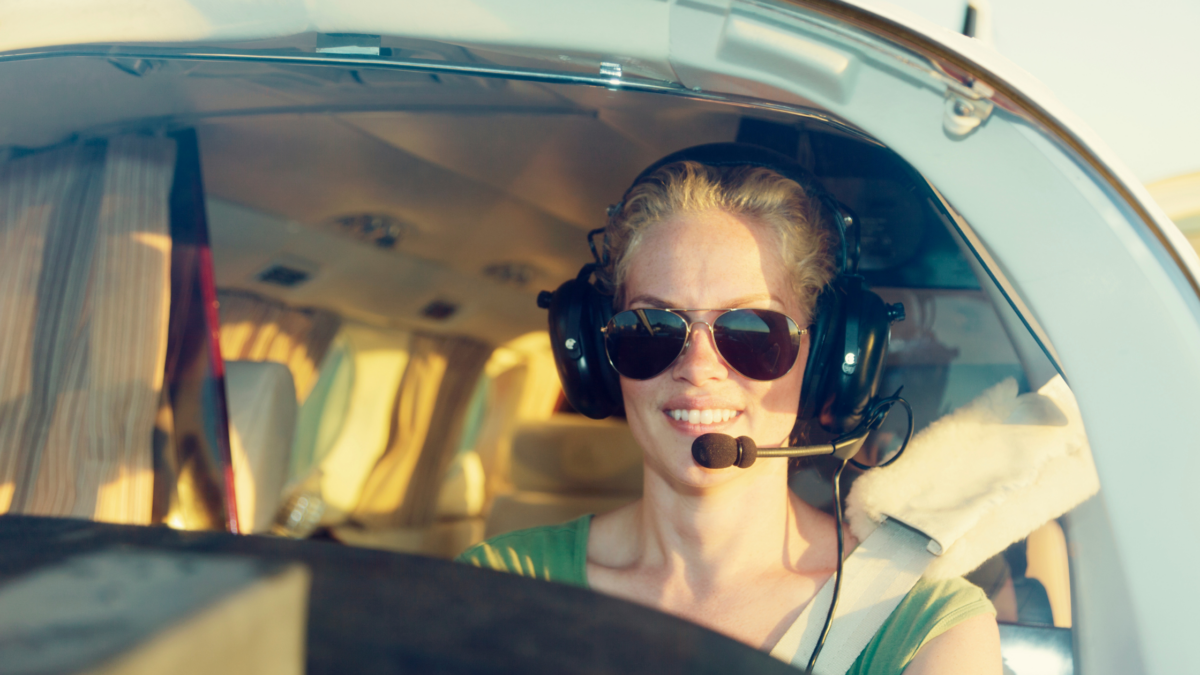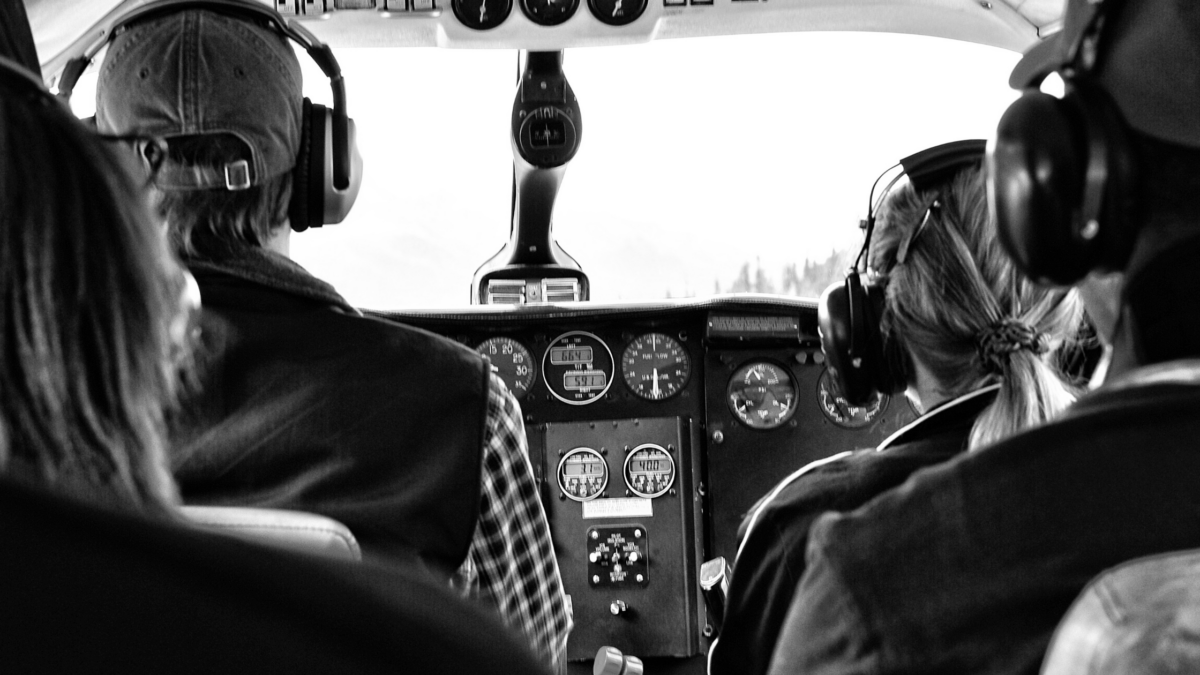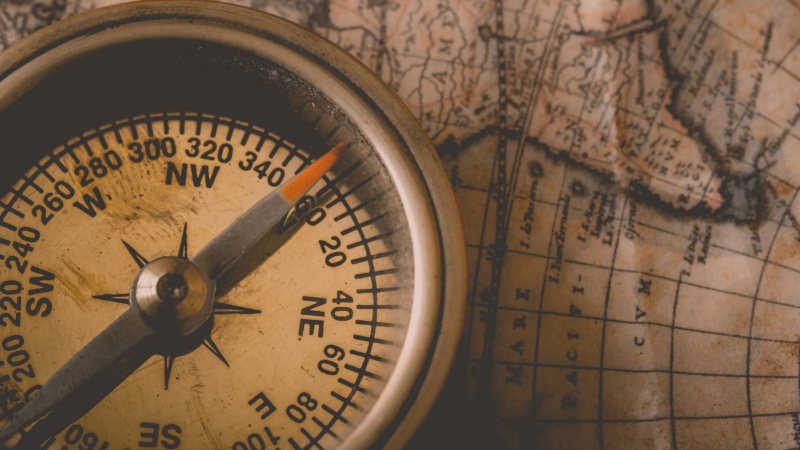The practice
Now let’s move on to the practical part. Before starting to fly, you need to be close to 16 years old because it is the age requirement for the first solo flight and also to take the final exam you need to be 17 and therefore starting too early you run the risk of postponing the course too much.
Furthermore, you need to have done the second class medical examination with a certified doctor (the school will give you the list of the closest doctors and you can book the appointment independently). If you intend to continue with the commercial pilot license, we recommend that you do the first class medical examination directly.
Small parenthesis: in reality, you could start flying even without the medical examination because the commander on board is the instructor and therefore he is the one who must be qualified to fly an airplane, however all schools recommend doing the examination before starting the course, to avoid throwing away money in case you have some parameters that do not meet the requirements. There will also be a specific tutorial on this topic in a few lessons, so stand-by.
The minimum number of flight hours to be completed is 45, most of which with the instructor and a part alone. There are some students who take more time to be ready to fly alone and some who take less. This does not mean anything in terms of ability, it is physiological! The important thing is that there is a continuous exchange with the instructors to understand if you are within the standards of the course.
FLIGHT HOURS
To plan flight lessons, you must take into account that each hour is preceded by a briefing that can be more or less long depending on what you are going to try in flight.
For example, it will last more than an hour if you are approaching a maneuver for the first time or if you are approaching a navigation for which it is necessary to plan, check the weather reports, call the airports to obtain authorizations…; in addition, it is necessary to prepare the plane, refuel it, do the checks, put it on the flight line.
So in summary, it is always necessary to be in advance of the presentation to the school; if there are any delays with respect to the start of your practice hour, read the flight manual or review the checklists, it never hurts!
Remember that before running home, after the flight, it is necessary to leave the necessary time for the debriefing which, in this case too, will be more or less long depending on the mission just completed.



